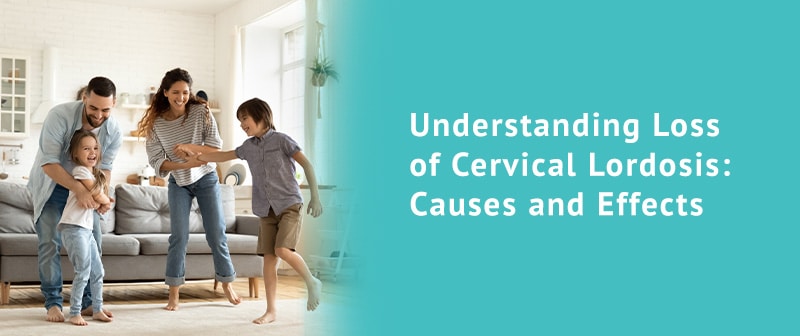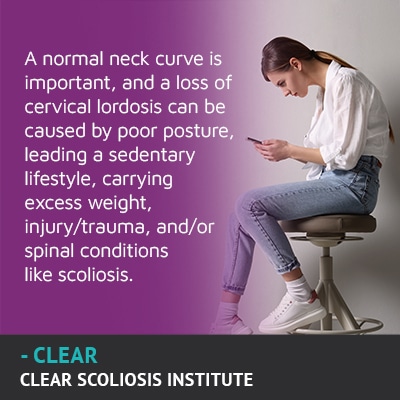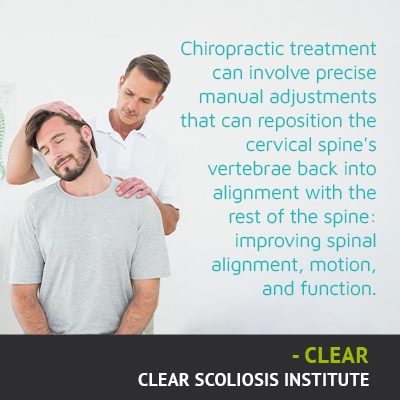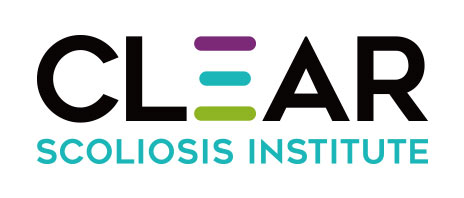
The first step to addressing a loss of cervical lordosis is determining its underlying cause; otherwise, only its symptoms are being addressed, with results often limited to short-term improvement. For those experiencing unexplained neck and lower back pain, a loss of cervical lordosis could be the cause.
The cervical spine refers to the neck, and cervical lordosis refers to the neck's inward-bending curve. A loss of cervical lordosis means the neck has lost its healthy curve, and this can disrupt spinal health and function in a number of ways.
The spine's three main sections consist of the cervical spine, thoracic spine, and the lumbar spine, and each section has a curve that helps the spine function optimally.
If the spine was straight, it wouldn't be as strong, flexible, or able to handle mechanical stress from impact and activity.
The spine is curved in each of its sections, and although the spine is one long structure, each section has its own unique roles to play in the spine's biomechanics.
For example, the lumbar spine includes the lower back, and this section has to support the weight of the spinal sections above, the torso, and the lumbar vertebrae feel the effects of bending, lifting, and twisting motions.
As the largest spinal section, and the only section that attaches to the rib cage, the thoracic spine gives the body structure and helps to evenly distribute body weight; it's also protecting internal organs and allows for a wide range of motion.
The cervical spine also has unique roles and responsibilities.
The role of the cervical spine is to support the head, facilitate a wide range of motion for the head/ neck, connect the brain to the rest of the body, stabilize the head, allow for blood flow to the brain, and protect the spinal cord within.
The cervical spine's natural and healthy curvature is known as lordosis, and a healthy lordotic curve bends inwards; if a healthy degree or lordosis is in place, the head is aligned with the torso, and the neck can easily move and support the weight of head.
The first step to treating a loss of normal cervical lordosis is determining its underlying cause.

Chronic poor posture introduces adverse spinal tension, and a common modern cause of disrupting cervical alignment is what's known as tech neck; this involves looking down at devices for long periods of time, and this can lead to weak cervical muscles that can't support a healthy curve.
Forward head posture develops as the cervical spine loses its natural lordosis and the head shifts forward in posture, and this increases the weight of the head on the neck and neck muscles: straining the neck and its surrounding muscles.
It's not just the spine that has to maintain its alignment and curves, but also the spine's surrounding muscles, so low activity levels can lead to a weak core, and this means the spine isn't optimally supported/stabilized by its surrounding muscles.
In fact, a key facet of treatment in a number of spinal conditions involves core muscle strengthening.
Carrying excess weight means more weight and strain on the spine, making it more vulnerable to injury and/or the development of a number of spinal conditions.
A spine that has more weight to support is one that is more vulnerable to degenerative changes and injury.
Injury and trauma experienced by the neck can strain and damage ligaments that support the cervical spine, disrupting its support, stability, and ability to stay aligned.
Scoliosis causes the spine to lose its healthy curves by causing the development of an unhealthy curve, and this can cause a loss of cervical lordosis, either because the scoliosis has developed in the cervical spine, or because a compensatory curve has developed in the neck in response to an unnatural spinal curve in another spinal section.
Scoliosis introduces uneven forces, disrupts posture, and sagittal alignment: all effects capable of disrupting the neck's normal curvature, health, and function.
The uneven forces of scoliosis can also cause uneven wear and tear on the spine and degenerative disc disease, and disc degeneration in the cervical discs can further disrupt the spine's stability and balance.
So what are the types of effects one can expect from a loss of cervical lordosis?
Symptoms can vary from mild to severe, depending on a patient's degree of lordosis.
If a person's degree of lordosis in the cervical spine doesn't fall within a healthy range (20 to 40 degrees), the curve straightens or reverses, and a number of symptoms can develop.
Common symptoms associated with a straightening of the cervical spine can include:
When it comes to treating a loss of cervical lordosis, the first step is determining the underlying cause; otherwise, only symptoms are being addressed for short-term results.

As a CLEAR-certified scoliosis chiropractor, I specialize in a non surgical treatment response to a number of spinal conditions, cervical lordosis included.
When it comes to restoring a healthy degree of lordosis in the cervical spine, impacting the position of the cervical vertebrae is key, and this can be worked towards through chiropractic care.
Chiropractic treatment can involve precise manual adjustments that can reposition the cervical spine's vertebrae back into alignment with the rest of the spine: improving spinal alignment, motion, and function.
As it's also the spine's surrounding muscles that help maintain spinal alignment, physical therapy and posture-correction exercises can help improve the balance and strength of the neck's surrounding muscles: supporting structural changes made through chiropractic care by improving spinal support and stability.
As the CLEAR Scoliosis Institute approach is integrative, a number of additional therapies and disciplines can be applied as needed; manual therapies such as massage can also help relax muscles and prepare the spine and its surroundings for treatment.
For particularly severe and/or atypical cases, surgery can be recommended, and this commonly involves a type of anterior cervical corpectomy which involves the removal of damaged nerves and/or intervertebral discs.
If you are experiencing chronic pain, chronic neck pain, facial pain, sore neck and shoulder muscles, shoulder pain, muscle tension, muscle spasms, muscle imbalances, muscle soreness, and pain that radiates into the extremities, it may be due to a loss of cervical lordosis.
A natural lordotic curvature is C-shaped, bending inward, and helps the neck support the head and maintain a wide range of motion.
As the spinal cord within contains a bundle of spinal nerves, the loss of a healthy curve in the neck can also affect its nerves within: causing nerve compression and a variety of neurological symptoms.
An unhealthy degree of cervical lordosis can also affect blood flow in and around the brain; the neck is also the bridge between the brain and the rest of the body, facilitating brain-body communication.
Preventing the development of an abnormal curvature in the cervical region can involve postural awareness, staying active, maintaining a strong core and a healthy weight, lifting heavy objects correctly, and taking frequent breaks when staring down at devices for long periods of time.
When a condition like scoliosis has caused a loss of the neck's healthy and natural curve, it's not just the cervical spine that's affected, but also the muscles, nerves within, neck ligaments, and other spinal sections; restoring a natural inward curve for healthy lordosis means addressing the scoliosis as the underlying cause.
Non-surgical treatment solutions for a loss of cervical lordosis can include chiropractic care and adjustments, physical therapy, postural-correction exercises, and a variety of therapies for the best potential clinical outcomes.
A healthy spine is key to a health related quality of life, and if a cervical spine mri has revealed an unhealthy cervical curve, this means treatment has to impact the spine and its surrounding muscles to improve spinal alignment and restore a healthy cervical curvature.

CLEAR provides a unique and innovative way of understanding scoliosis. Sign up to receive facts and information you won’t find anywhere else.
